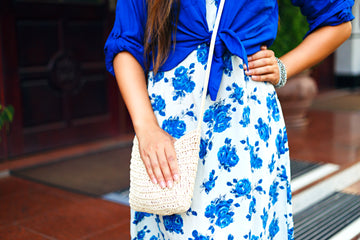Skirts have been a central part of fashion for centuries, offering a versatile piece for various occasions. From casual strolls in the park to formal office settings, skirts provide options that can easily adapt to different environments. Over time, skirt styles have shifted in response to cultural trends, weather, and personal preferences.
In the early 20th century, skirts were generally longer, often reaching the ankles, reflecting the social norms of the period. With time, hemlines became shorter, and new designs emerged, introducing pleats, layers, and asymmetrical cuts. Today, skirts are available in multiple lengths, from mini to midi to maxi, allowing individuals to select what fits their day-to-day plans.
Fabric choice plays a major role in how a skirt behaves. Lightweight fabrics like cotton or linen are common in warmer months, offering ease of movement and breathability. Heavier textiles are typically reserved for cooler months, providing warmth without restricting mobility. Patterns and colors also evolve seasonally, with florals, stripes, and checks appearing regularly, creating variety in styling options.
Layering skirts with other clothing pieces has also become a common approach. Pairing a skirt with a shirt, blouse, or sweater can achieve entirely different appearances. Accessories, such as belts or scarves, further enhance the look, giving it a personal touch. Footwear choices - from sneakers to boots to sandals - can dramatically change the overall impression.
Ultimately, skirts remain a flexible element of wardrobes, balancing practical wear with aesthetic interest. Their design variations allow them to transition from casual to formal settings seamlessly, making them a staple for many. Understanding these styles, fabrics, and combinations ensures that skirts remain relevant and versatile in modern fashion.

